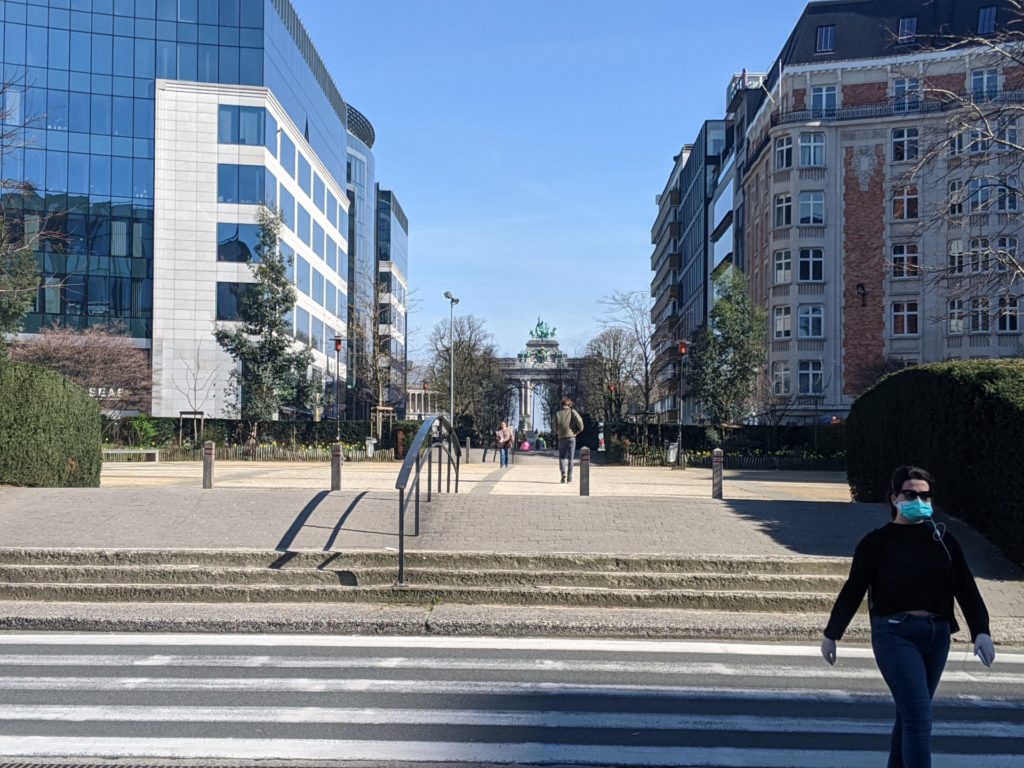While the new coronavirus (Covid-19) has gripped the world, the mobility in many big cities in Europe has almost ground to a halt.
Citymapper, a public transport app, has created its own index showing the percentage of people moving compared to usual, the Citymapper Mobility Index, by keeping track of movements in major cities. As the data is collected on a daily basis, the impact of the countries' lockdowns and other measures to contain the virus is very noticeable.
For the week from Monday 9 March on Sunday 15 March, for example, when Italy's lockdown had just been announced, 9% of Milan and 16% of Rome was still moving. Last week, those percentages dropped to 4% and 6% respectively, according to the data.
The Index clearly shows the countries that are hit the hardest by virus. On Tuesday 24 March, Barcelona and Madrid were at 4% and 5%, down from 61% and 46%, two weeks earlier. Spain was hit especially hard by the crisis over the past weeks, with over 47,000 confirmed infections and over 3,400 deaths.
Related News
- New coronavirus total 'not as bad as it seems,' says Belgian virologist
- Corona lockdowns lead to reduced air pollution in Europe
- Brussels Airport passengers to self-quarantine for two weeks
Brussels, which still had 71% of the city moving two weeks ago, is now at only 7% of movements compared to a regular day. Citymapper tracks movement on STIB, SCNB, Uber, Villo, and the Dott electric sharing scooter, as well as people on foot with the app on their phone, making it a fairly complete figure.
In France, Lyon and Paris are also both at only 5% of its regular movement, down from 86% and 57% two weeks ago.
London (15%) and Manchester (16%) remain in the top 3 of busiest cities in Europe, despite a serious drop compared to last week, when the movement was still at 36% and 41% respectively. The busiest city in Europe is Stockholm, with 32% of its regular movement.

Credit: Citymapper
By Tuesday 24 March, most large cities in Europe dropped to less than 15% of their usual movements, as have San Franciso (6%), Washington DC (7%), Boston and New York City (both 8%), Chicago (9%), Seattle (10%), Los Angeles (12%) and Philadelphia (13%) in the United States.
The city with the highest percentage of its regular movement was St Petersburg in Russia, with 68%. In Moscow, too, over half of the city's regular movement (56%) was recorded.
Maïthé Chini
The Brussels Times

